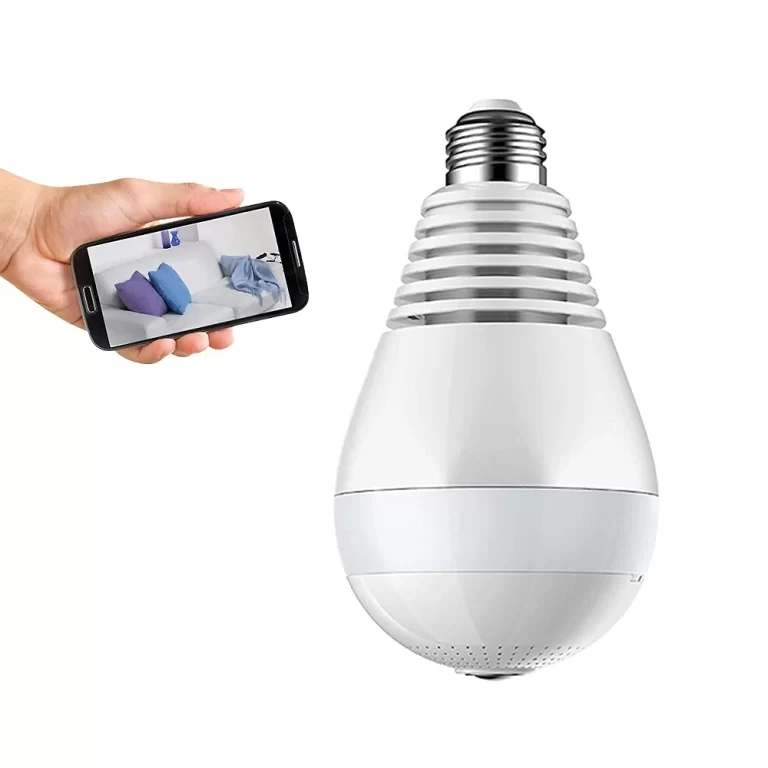What are Good PIN Codes?
PIN codes, or Personal Identification Numbers, play a vital role in securing our sensitive information, such as bank accounts, mobile devices, and online accounts. But what makes a PIN code good? In this article, we will discuss the characteristics of good PIN codes, explore best practices for creating them, and provide tips to enhance your personal security.
What Makes a PIN Code Good?

A good PIN code possesses certain characteristics that make it difficult for others to guess or crack. Let’s take a closer look at the key qualities of a strong and secure PIN code:
1. Complexity
A good PIN code should be complex and challenging to guess. It should not be easily associated with personal information like birthdays, anniversaries, or phone numbers.
Instead, consider using a combination of numbers, letters, and symbols to increase the complexity and make it harder to crack.
2. Length
The length of a PIN code is an important factor in its strength. A longer PIN code provides a larger number of possible combinations, making it more secure.
It is recommended to have a PIN code consisting of at least six digits, but if the system allows, opt for longer PIN codes to enhance security.
3. Randomness
Randomness adds an extra layer of security to a PIN code. Avoid using predictable patterns or sequences such as 123456 or 654321. Instead, generate a PIN code that appears random and lacks any discernible pattern.
4. Uniqueness
Using a unique PIN code for different accounts is crucial. Reusing the same PIN code across multiple platforms increases the risk of compromise.
If one account’s PIN code is compromised, it could potentially provide unauthorized access to all other accounts using the same PIN code.
Creating a Strong PIN Code

Now that we understand the characteristics of a good PIN code, let’s explore some practical tips for creating a strong and secure PIN:
1. Avoid Common Patterns
Stay away from common patterns such as consecutive or repeated numbers (e.g., 123456 or 111111). These patterns are frequently targeted by hackers and automated systems.
2. Mix Numbers and Letters
Incorporate a mix of numbers, uppercase letters, and lowercase letters to increase the complexity of your PIN code. This combination significantly expands the number of possible combinations, making it more challenging to crack.
3. Include Symbols
Integrate symbols, such as @, $, or !, into your PIN code. Symbols add an extra layer of complexity, making the code more resistant to brute-force attacks.
4. Avoid Personal Information
Refrain from using personal information like your name, birth date, or phone number in your PIN code. Hackers can easily find such information, making it easier for them to guess your code.
5. Change Regularly
It’s essential to change your PIN code regularly, especially for critical accounts like banking or email. Regularly updating your PIN code minimizes the risk of unauthorized access and keeps your information secure.
PIN Code Security Best Practices
In addition to creating a strong PIN code, implementing the following best practices will further enhance your security:
1. Memorize Your PIN Code
Avoid writing down your PIN code or storing it in digital format. Memorization ensures that your code remains confidential and reduces the risk of someone finding it.
2. Don’t Share Your PIN Code
Keep your PIN code private and avoid sharing it with anyone, including friends, family, or colleagues. Sharing your code can compromise your personal security and increase the risk of unauthorized access.
3. Enable Two-Factor Authentication
Whenever possible, enable two-factor authentication (2FA) for your accounts. 2FA adds an extra layer of security by requiring a secondary verification method, such as a fingerprint scan or a one-time password sent to your phone.
4. Monitor Account Activity
Regularly monitor your account activity for any suspicious or unauthorized transactions. If you notice any irregularities, promptly contact the service provider or financial institution to report the issue.
Conclusion
Securing our personal information is of paramount importance in today’s digital landscape.
By understanding the characteristics of a good PIN code and implementing best practices for creating and safeguarding them, we can significantly enhance our personal security.
Additionally, incorporate a mix of numbers, letters, and symbols while avoiding common patterns and personal information.
By following these guidelines and staying vigilant, we can better protect ourselves from potential threats and ensure a safer digital experience.
READ ALSO!!!






